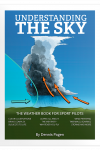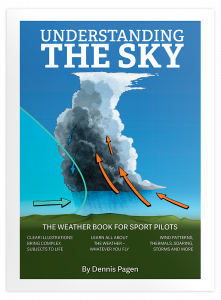This is an extract from Understanding the Sky
Thermal Rising
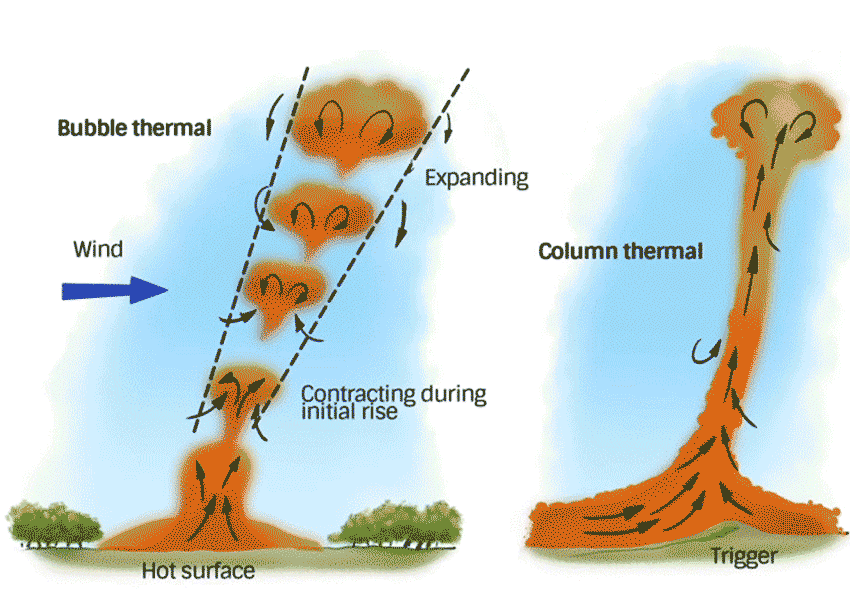
Once a thermal leaves the ground it undergoes a few changes. First it comes together to form its characteristic bubble or column shape as shown in figure 171. This process may require several hundred feet (100 m) in a large thermal. As it is consolidating its form the thermal also accelerates to the speed appropriate for its buoyancy. This buoyancy is determined by its deficit of density compared to the surrounding air and its size. We discuss thermal buoyancy in Appendix IV.
When the supply of warm air is not limited by hills, trees or field size, a thermal will appear as a column of several hundreds to several thousands of feet in height, as shown on the right side of the figure. Such thermals often have feeds from several different directions that eventually come together as shown.When a thermal rises abruptly, air from around the area rushes in to replace the thermal air.
If this air is also heated it will be entrained by the thermal and rise into it. A vast source of heated air as in case III of figure 166 will feed the thermal for several minutes creating a thermal column that stretches for thousands of feet (1,000 m).
If the supply of warm air is limited, then cool air will replace the thermal which will then be of limited size. The cool air will take time to heat then will release as another thermal. The time for a thermal to form in this repetitive process may be from several minutes to an hour or more depending on the strength of the heating.
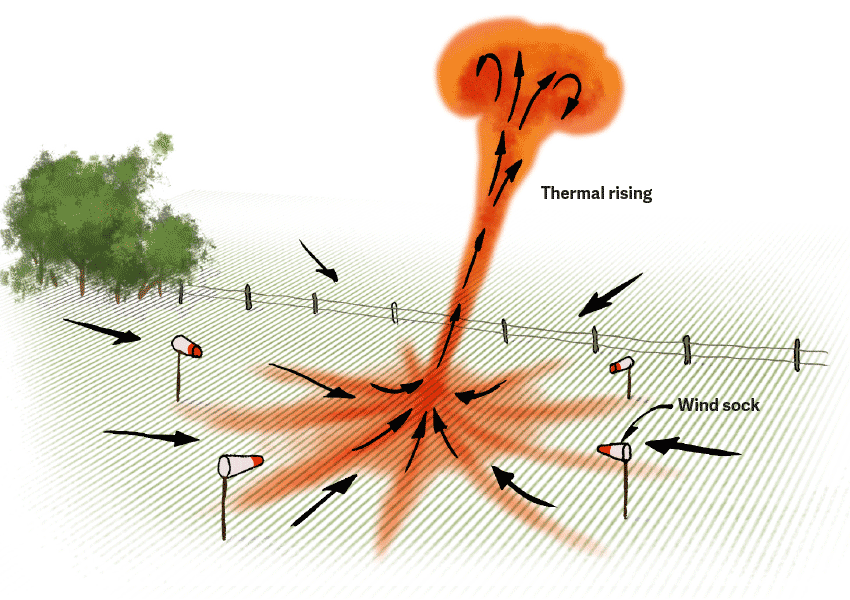
Figure 172 shows how the air rushing in below the thermal can come from all directions in a light general wind. This in-rushing air can be quite vigorous in strong thermal conditions and can make landing in midday thermals a tricky affair. Switching winds called “light and variable” on weather reports are a sign of thermals. In a stronger general wind the direction won’t change as much but the gustiness will increase.
When a thermal rises in the first 1,000 ft (300 m) or so it may have an inflow of air from all sides. This general “convergence” tends to pull a soaring aircraft towards the center so that less bank angle is needed to produce a given diameter of circle. Up higher the bank angle may have to be increased to maintain the circling diameter as the inflow is reduced and the thermal expands due to lower pressure aloft.
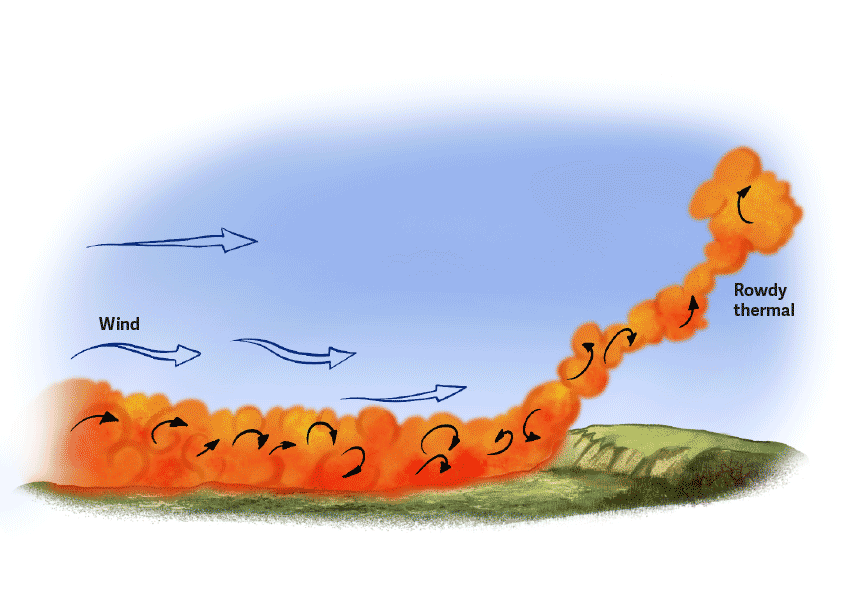
In general, thermals tend to be more turbulent close to the ground until they become more uniform up higher. However, thermals often rise into inversion layers that break up the thermal or contain shear turbulence. In windy conditions thermals may be so broken up that there exists a layer of mixed and turbulent heated air near the surface as shown in figure 173. This air may send off turbulent thermals at trigger points which will continue up as rowdy lift. However, as such a thermal rises it may get smoother if the wind is fairly steady aloft.
Understanding the Sky is published by Cross Country International Ltd
© CROSS COUNTRY. ALL RIGHTS RESERVED
